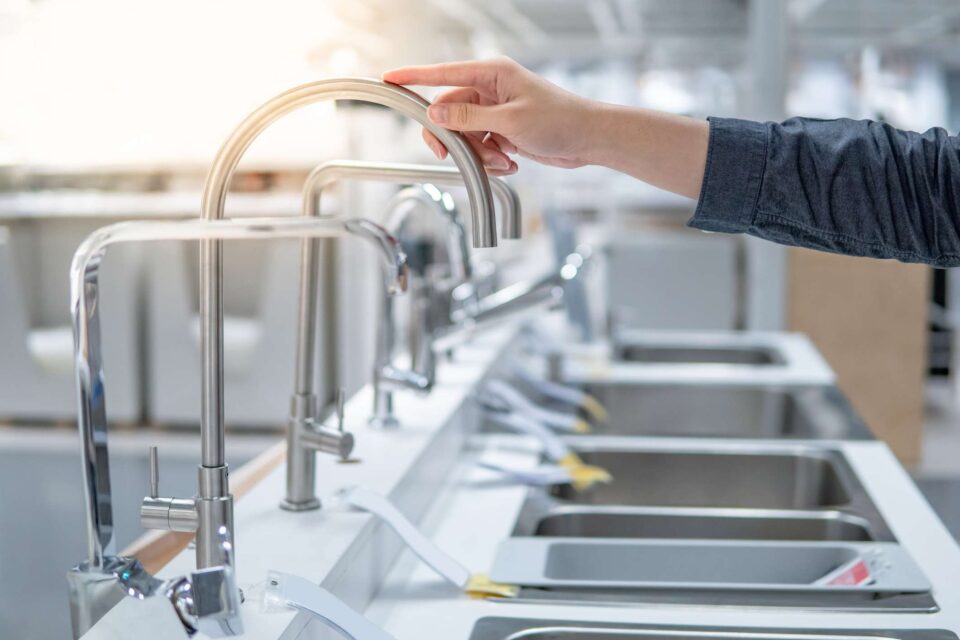Faucets can make the flow of water even and help it reach all corners of your sink. Investing in kitchen faucets is extremely prudent for increased convenience during washing dishes or any other work. But several homeowners struggle to find the right faucet for their kitchen sinks. Continue scrolling to acquire some valuable tips for finding the best faucet for your kitchen.
1. Check the Spouts
The spout of your faucet should be as close to the sink’s center as possible. Tallneck faucets can lead to splashes in shallow sinks. Meanwhile, low-arc faucets will prevent you from washing large cooking utensils in the sink. To avoid that, you need to find a faucet proportionate to the size of your sink.
2. Pick the Right Material
You will come across kitchen faucets in different materials like chrome, ceramic, and stainless steel. Every material comes with different pros and cons. For instance, ceramic kitchen faucets are not sturdy and durable as stainless steel faucets. Chrome faucets are easier to clean, but they start showing smudge quite fast. While stainless steel faucets are highly durable, they fall on the expensive side.
3. Evaluate the Compatibility with Your Sink
The installation process of a faucet will depend on its type. In most cases, they are attached through holes in the sink. When they cannot be attached through holes, wall-mount faucets will come to the rescue.
While picking a faucet, you will have to determine its compatibility with the existing cutouts in your sink. Consider the diameter of the holes and the space between them to pick the right faucet.
4. Consider the Dimensions of Your Basin
You must check the height, width, and depth of your basin before picking a faucet. If you have more than one basin, you need to ensure that the faucet can conveniently reach all of them. Additionally, the size of your pans and pots will also help determine the right size of the faucet. If you pick the right faucet, it will be able to move efficiently.
5. Determine the Water Usage Features
If you are trying to conserve water, get a faucet with low-flow technology. It will ensure that your faucet uses less water than others. You can also invest in an aerator or flow regulator faucet to reduce the flow of water and save on your energy bills.
6. Look at the Faucet Valves
The valve of a faucet regulates the flow and temperature of water. Valves are located inside the body of the faucet. You will come across different types of faucet valves in the market:
- Cartridge-style faucets: You can fit them with a replaceable cartridge with a flow mechanism. They can either be single or double-handled.
- Ceramic-disk faucets: They are extremely durable and come with a single handle for regulating water flow and temperature. These faucets are drip-free and contain two ceramic discs sliding over one another.
- Ball faucets: They come with a single handle that can rotate the ball moving across the inlet holes to optimize flow.
- Compression valves: They are primarily found in traditional two-handle faucets. They come with compression systems with washers opening and closing according to the turn of the handles.
Closing Thoughts
You won’t find a shortage of options while looking for kitchen faucets. Understand your needs and pick the one you find the most appealing. Browse through the collection of kitchen faucets from Kohler and make your pick now!

